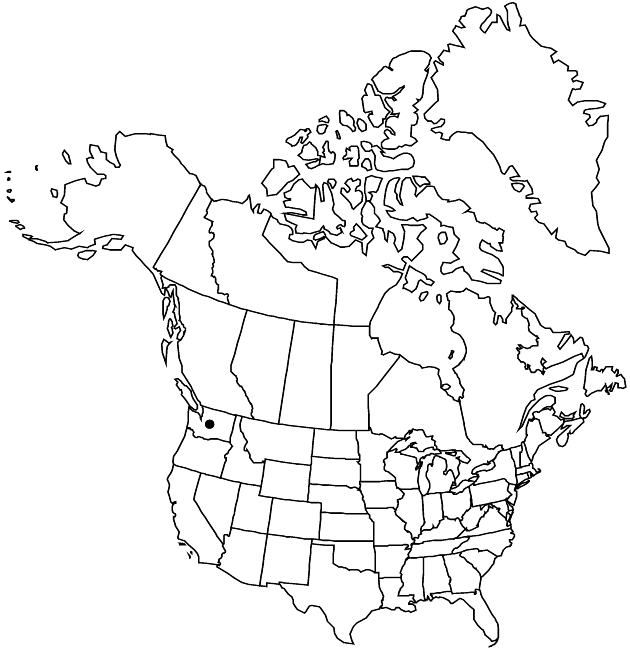Rudbeckia alpicola
Erythea 7: 173. 1899.
Perennials, to 150 cm (rhizomes stout, plants not colonial, roots fibrous). Leaves green, ovate to elliptic or deltate, pinnate to pinnatifid or lyrate-pinnatifid, herbaceous, faces moderately to densely hairy (hairs 1-seriate); basal petiolate, 25–70 × 8–45 cm, lobes 3–9, bases rounded to acute, apices acute; cauline petiolate or sessile, 12–50 × 5–40 cm, bases attenuate to cuneate, ultimate margins dentate to lobed, apices acute. Heads borne singly or (2–10) in ± corymbiform arrays. Phyllaries to 6 cm (foliaceous, faces scabrous). Receptacles columnar; paleae 5–7 mm, apices obtuse to acute, often apiculate, abaxial tips hairy. Ray florets 0. Discs 30–80 × 18–30 mm. Disc florets 300–500; corollas brown-purple, 4.2–5.8 mm; style branches ca. 2 mm, apices acute. Cypselae 3.5–5 mm; pappi of 4 scales, to 1 mm.
Phenology: Flowering mid summer–fall.
Habitat: Thickets, bogs, along streams
Elevation: 200–1500 m
Discussion
Of conservation concern.
Rudbeckia alpicola is known only from Chelan and Kittitas counties.
Selected References
None.
